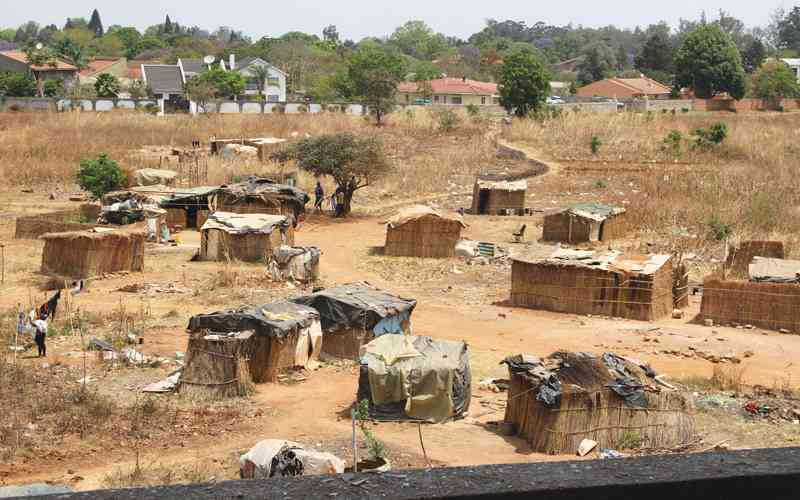
ZIMBABWE has, for far too long, failed to adequately address the growing urban accommodation crisis brought about by its ballooning population.
This has resulted in the rapid emergence of illegal settlements in and around urban areas, with the capital city being the most affected.
Land barons have taken advantage of the situation, seizing both private and State-owned land, subdividing it and selling it to unsuspecting home seekers.
Urbanisation has accelerated significantly in Zimbabwe over the past few decades, driven by people migrating to cities in search of better economic opportunities.
However, this influx has placed enormous strain on existing housing infrastructure, much of which is outdated and insufficient to meet the needs of the growing population.
According to recent studies, Zimbabwe’s urban areas face a housing deficit exceeding 1,5 million units.
Government efforts — such as the National Housing Delivery Programme — have largely fallen short due to limited funding, bureaucratic inefficiencies and, most notably, corruption within both central government and local authorities.
While private developers remain active, they often prioritise high-income housing projects, leaving low- and middle-income earners with few viable options.
- Mavhunga puts DeMbare into Chibuku quarterfinals
- The brains behind Matavire’s immortalisation
- Bulls to charge into Zimbabwe gold stocks
- Ndiraya concerned as goals dry up
Keep Reading
If we look at the five most populated countries in the world as of 2025, they are:
- India (1,46 billion)
- China (1,41 billion)
- United States (over 347 million)
- Indonesia (over 285 million)
- Pakistan (around 255 million)
Of particular interest is how China has managed to provide housing for its massive population — and continues to do so at an extraordinary pace.
Ironically, while Zimbabwe refers to China as its "all-weather friend," it appears to be learning very little, if anything, from China’s example.
China’s urbanisation has been rapid and sustained, creating immense demand for public houses.
In response, new apartment buildings are being constructed at a remarkable rate.
According to the National Bureau of Statistics of China, from 2011 to 2020, an average of 242 million square metres of new residential accommodation was completed annually.
This translates to approximately five million new housing units per year — an astounding figure that underscores the scale of China’s housing development sector.
Moreover, the Chinese government has actively promoted the construction of affordable housing, particularly for low-income families. In 2020, the Housing and Urban-Rural Development ministry announced plans to build 7,5 million units of affordable houses, including rental units and subsidised ownership schemes.
At one point — not too long ago — many Chinese citizens were reluctant to occupy low-cost flats built for them, preferring a rural lifesyle. Yet, the momentum of development continued.
In addition to new construction, China also has a substantial market for renovating older apartment buildings, many of which were built in the 1980s and 1990s and are now in need of upgrade and modernisation.
In 2020 alone, the government unveiled plans to renovate 39 000 old residential buildings, covering a total floor area of 195 million square metres.
This rapid urbanisation has significantly shaped China’s housing demand.
As cities grow more crowded and land becomes scarcer, apartments have become the dominant form of housing.
To maximise the use of available space, developers increasingly focus on building high-rise apartments, making them the most accessible and affordable option for many urban residents.
The convenience of apartment accommodation — including proximity to public transportation and amenities — has contributed to their popularity.
Zimbabwe must make a deliberate, well-resourced effort to meet the housing needs of its population.
This does not mean awarding inflated tenders to briefcase companies — what Vice-President Constantino Chiwenga aptly referred to as zvigananda — but rather implementing a people-centric approach that does not burden ordinary citizen.
Solving Zimbabwe’s urban housing crisis requires a multifaceted strategy that combines sound public policy, private sector investment, community participation and — most importantly — a genuine commitment to combating corruption and prioritising the welfare of the people.






